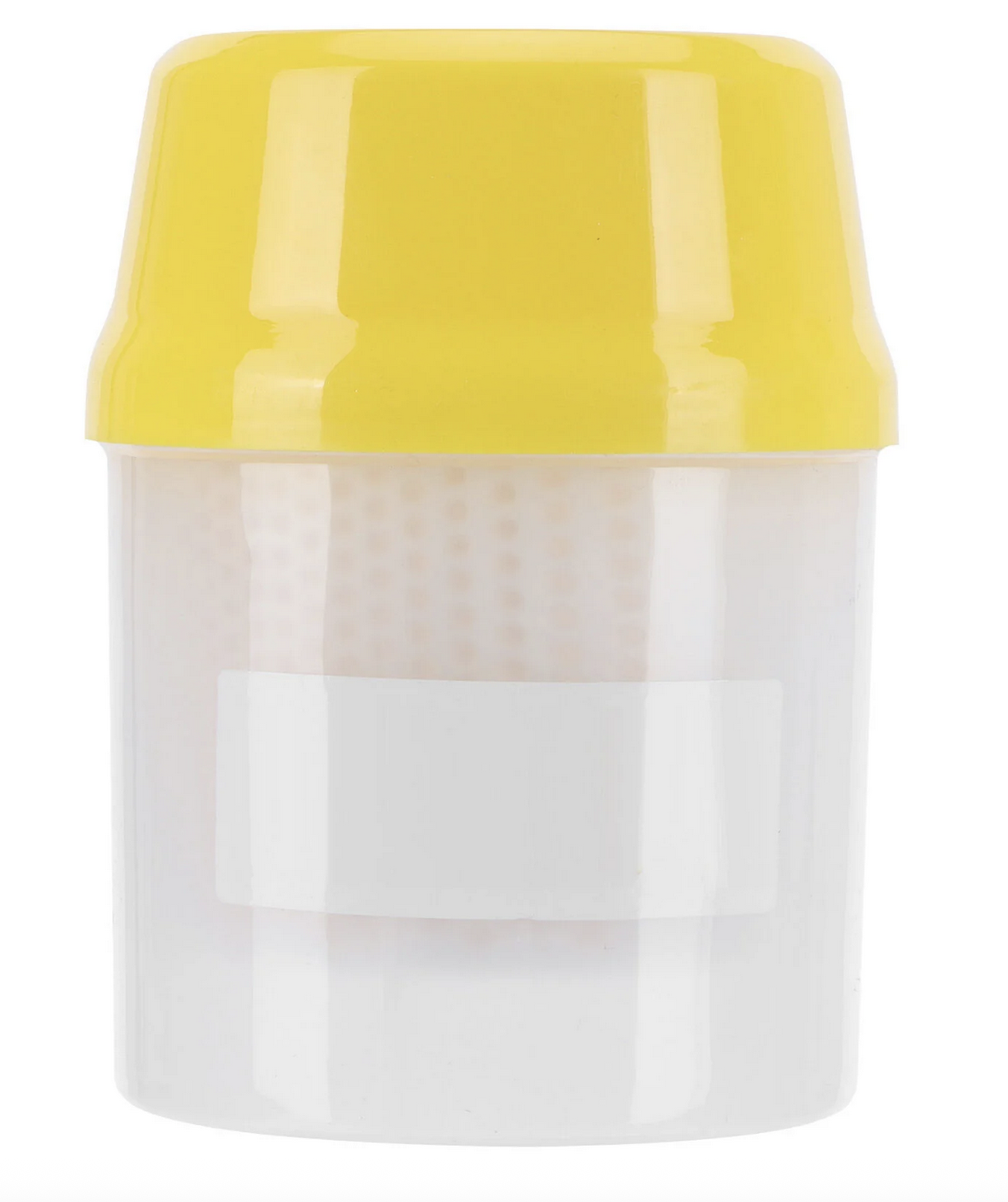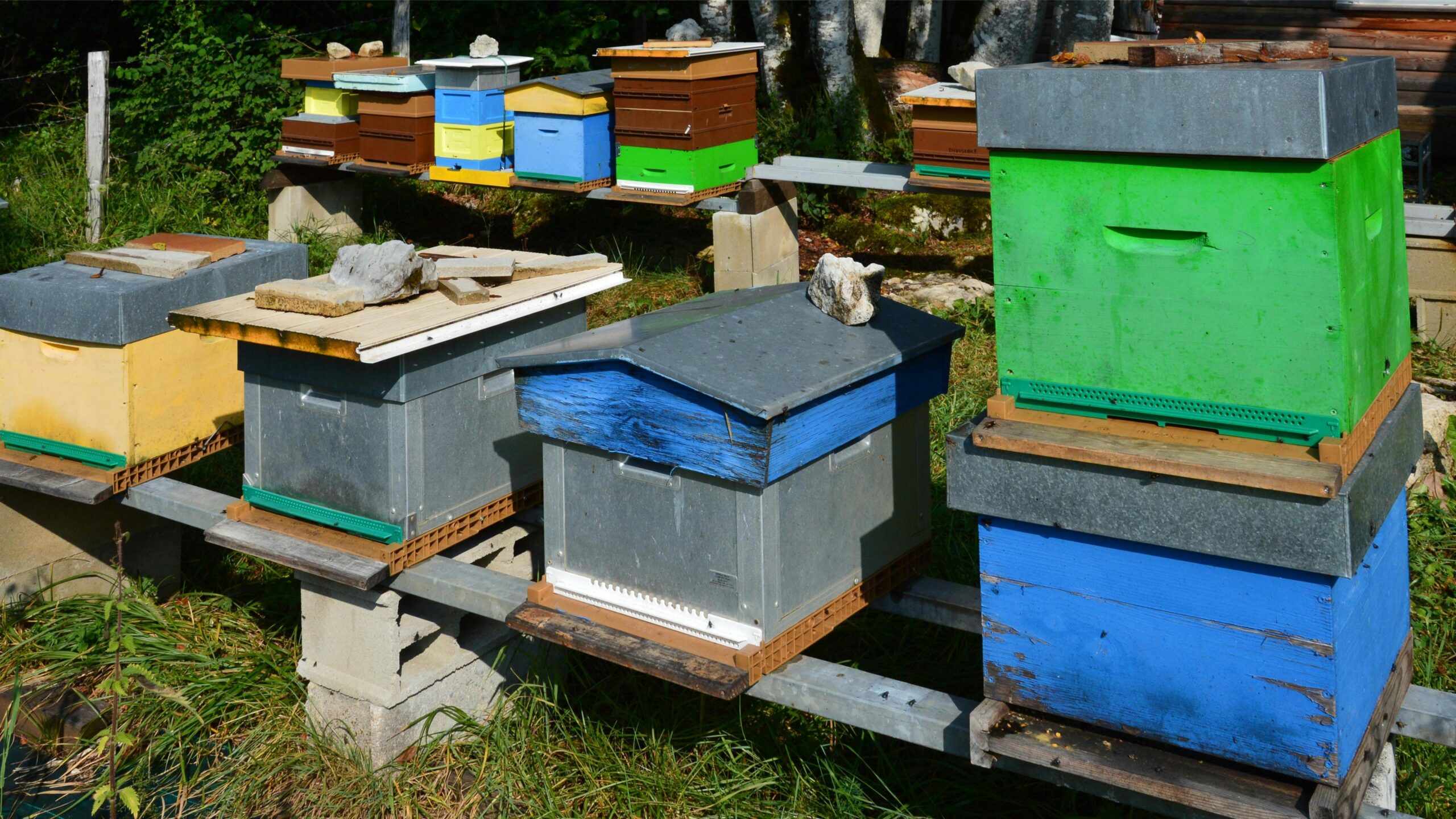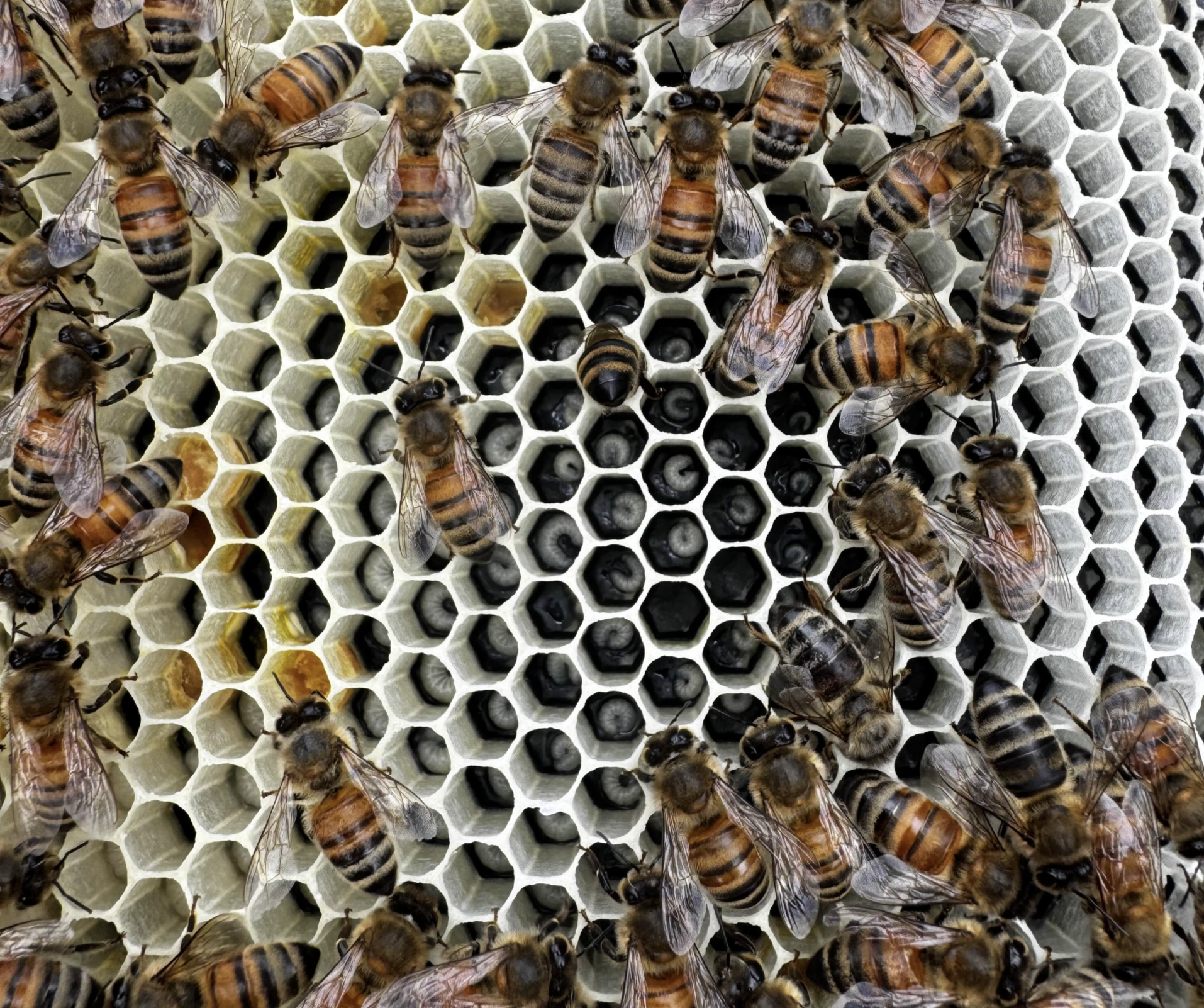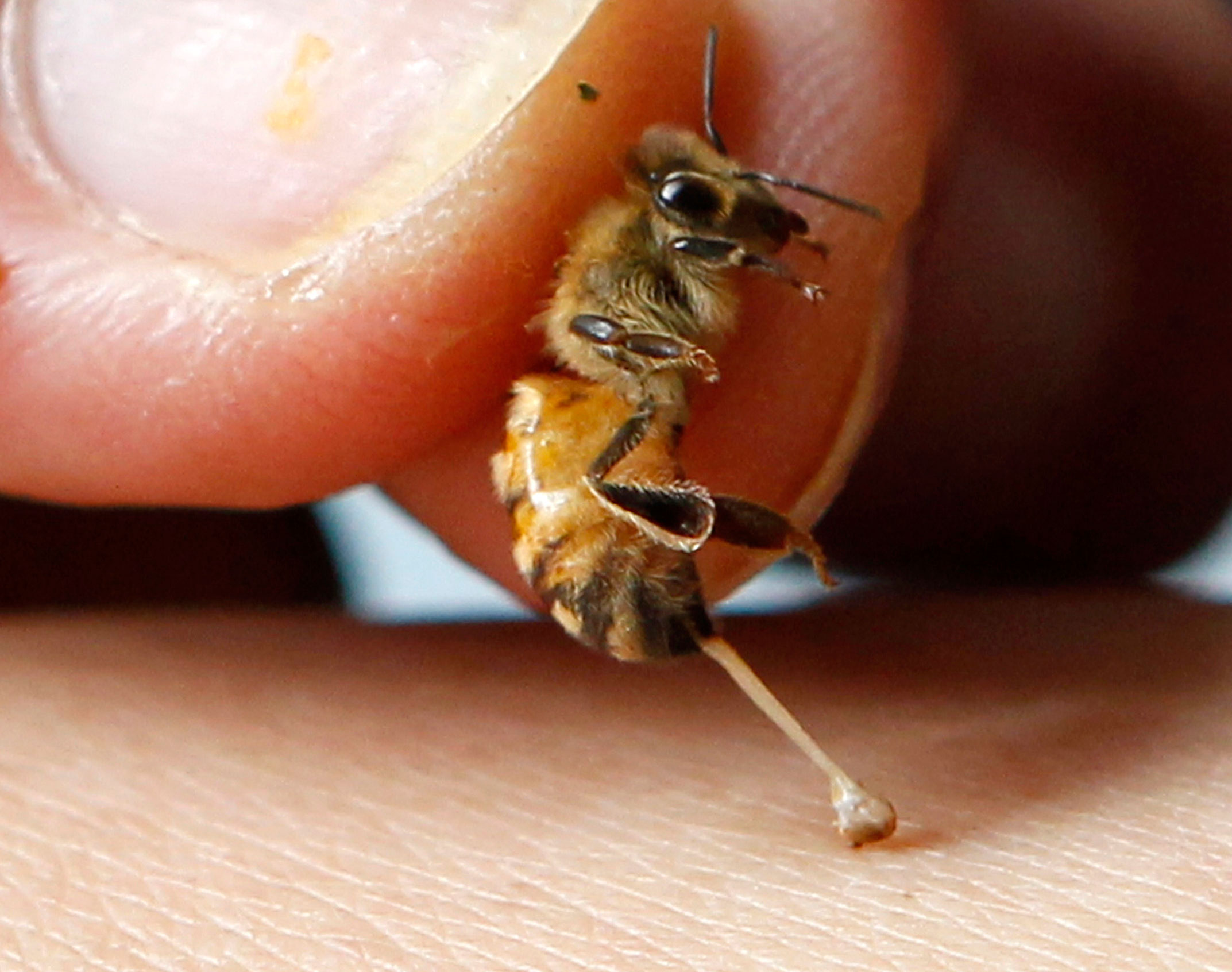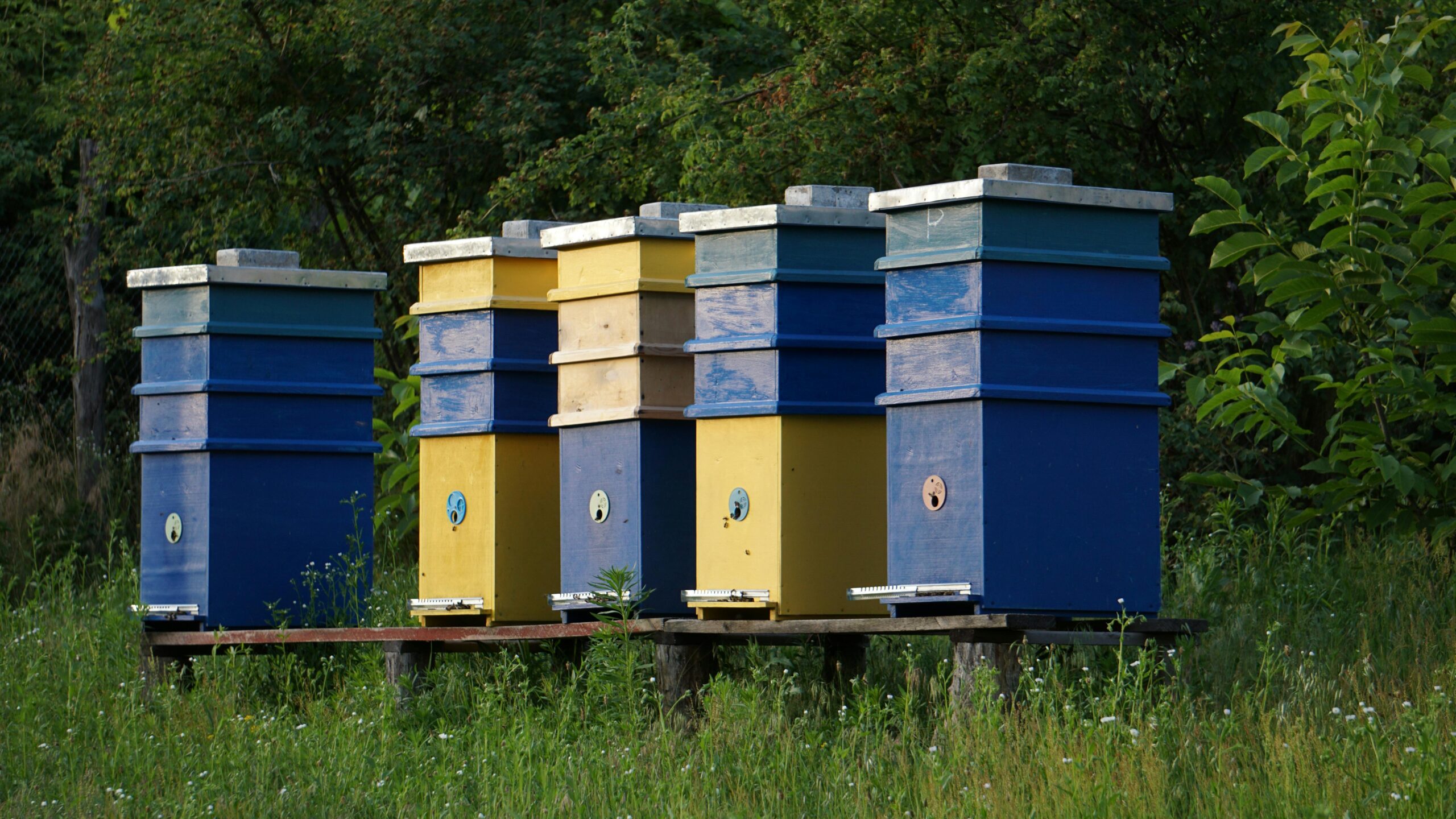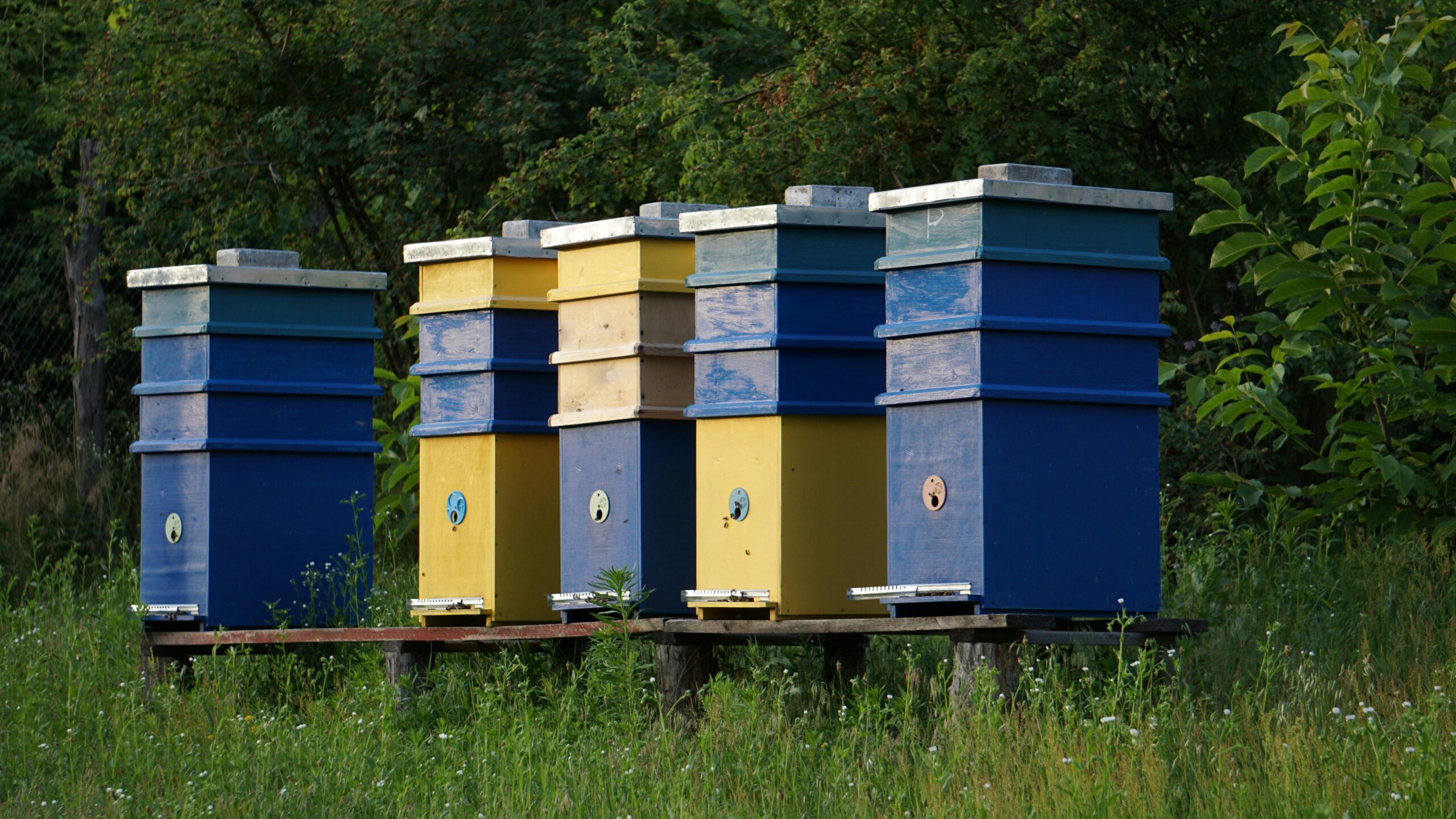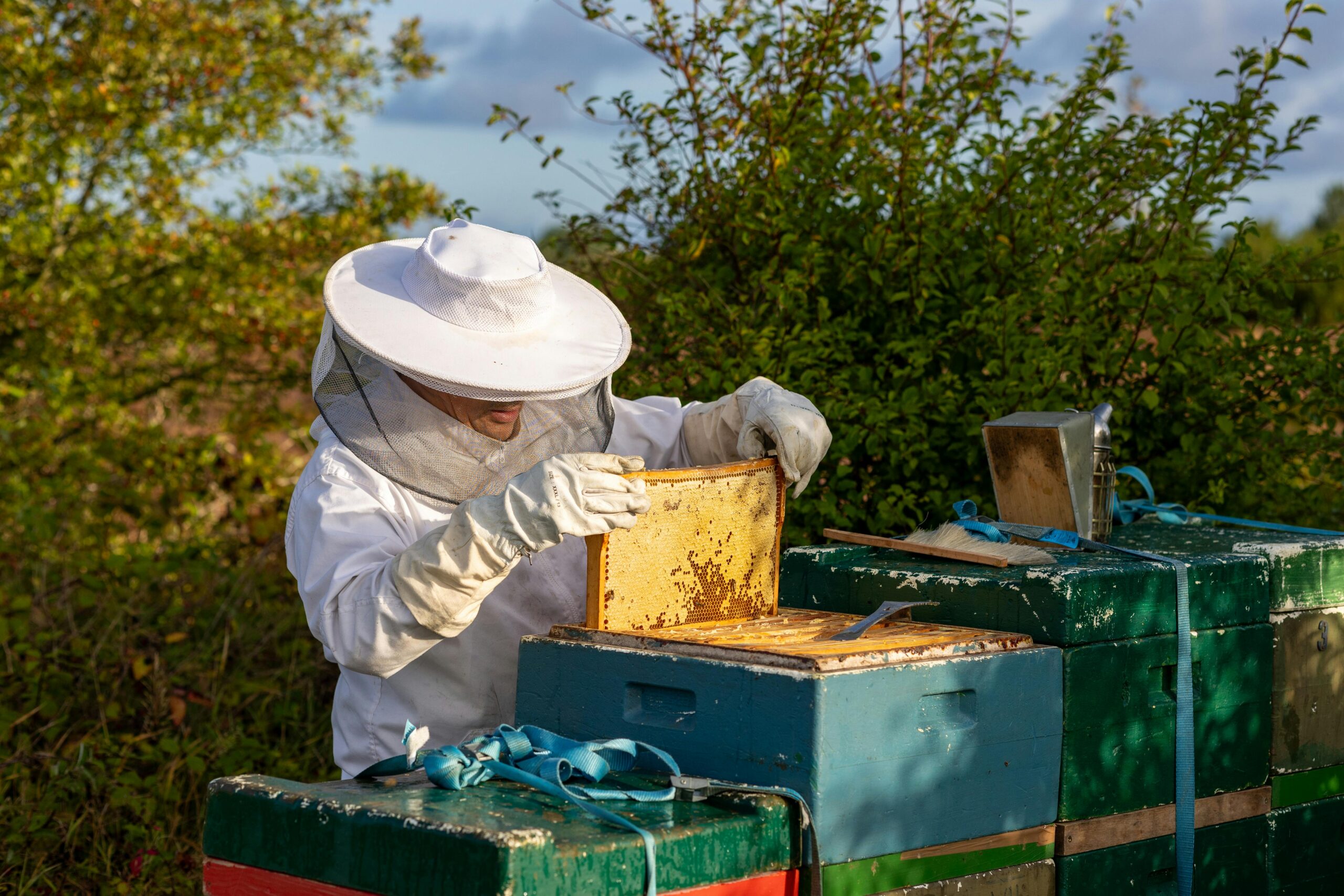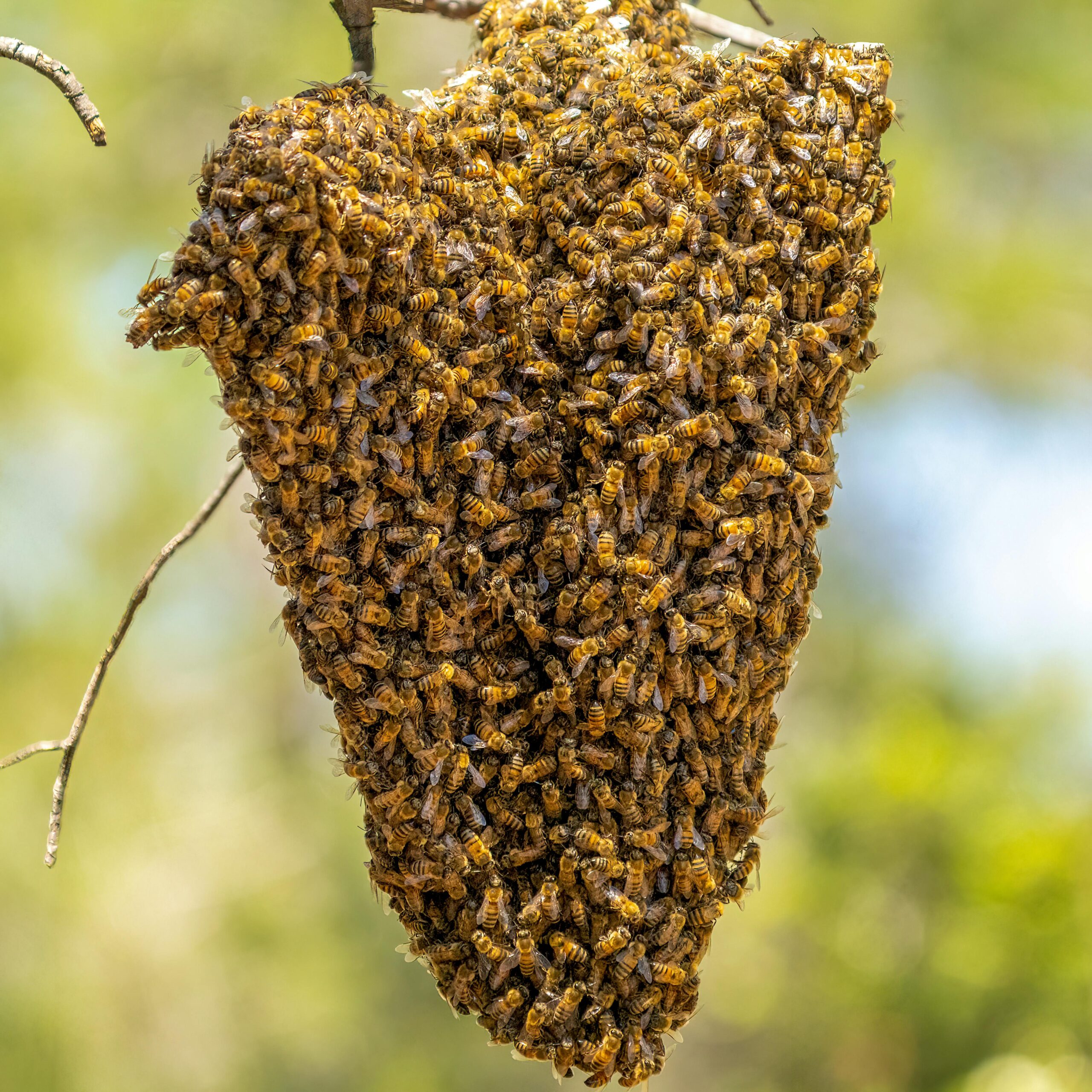How to Perform a Mite Wash in Your Beehive
Varroa mites have been the single greatest threat to modern beekeeping since their arrival in the United States in the 1980s. These tiny, blood-feeding parasites have devastated colonies across the country. In recent years, winter colony losses have hovered between 30 and 40 percent nationally, and in some regions, the numbers are worse. Some surveys … Read more
